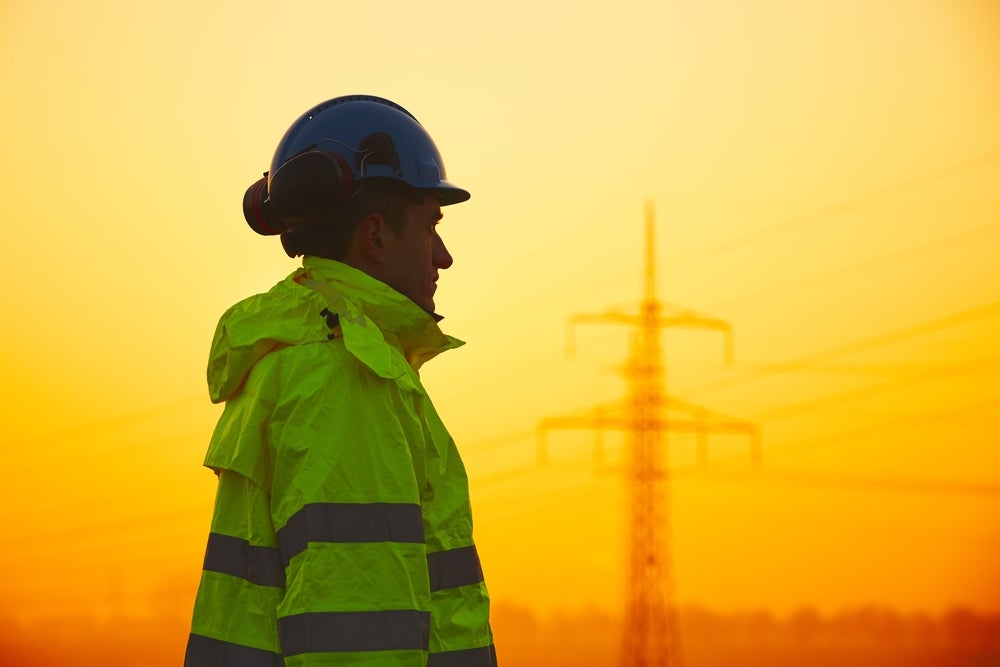
The energy sector, which commands a significant share of foreign investment, has been hard hit by the coronavirus epidemic which, in turn, is having a ripple effect on global FDI flows.
The UN Conference on Trade and Development reported on 26 March that the sector’s 2020 earnings estimates are set to plummet by 207%, due in part to the significant drop in oil prices.
The global demand for electricity has also decreased due to industrial electricity consumption falling; this typically makes up a majority of most countries’ consumption mix.
Overall, the energy sector is struggling due to the reduced energy offtake, supply chain disruption, rising manufacturing prices and cash flow issues.
The German annual delivery price for round-the-clock power – considered a key price by which to measure the European market – may fall by 24–33% in 2021, according to a report on 14 April by GlobalData.
Some energy sub-sectors are expected to be hit harder than others: a GlobalData poll from the previously mentioned report revealed that coal – which holds more than a 40% share of global electricity production — and gas are expected to be impacted the most, receiving 32% and 23% of the poll vote, respectively.
Projects in the coal sector that were planned or under construction are under threat, and may face roadblocks to obtaining funding and project approvals. This is further hampered by the growing activism against new capacity additions in the coal industry due to climate change concerns.
Alongside lowered demand, oil and gas are facing heavily decreased prices. Oil prices are down around 60% since 2019, according to GlobalData. In correlation, natural gas prices have dropped by about one-third year-on-year.
As a result, oil and gas energy generators are expected to take a revenue hit in 2020.
Renewables to take the hit
With big oil players such as BP, Shell, Chevron, Total, Eni and Exxon all having significantly invested in renewable energy, it is likely they will respond to this volatile market by cost-cutting and shifting focus away from their clean energy commitments in the short term.
Meanwhile, the smaller developers will struggle to fulfil the financial responsibilities of their awarded projects and won’t be able to take advantage of lower oil and gas prices as easily or quickly as their larger competitors can.
Countries without mandated renewable energy quotas may also adopt this strategy; however, it is unlikely to impact the longer-term global growth of the renewable energy sector.
Before the pandemic, the clean energy sector was experiencing significant growth. The International Renewable Energy Agency reported that renewables accounted for 72% of all new power generation capacities built in 2019.
However, in the wake of Covid-19, renewable energy has been rocked by global supply chain disruption and heightened part costs.
The Confederation of Indian Industry (CII) has warned the solar sector to expect a surge in the prices of components due to decreased production and supply chain constrains.
As a result, the CII decided to review its import strategies for solar module sourcing. It also encouraged Indian PV manufacturers to build upon their domestic solar manufacturing industry.
Alongside this, the All India Solar Industries Association suggested scrapping the 25% safeguard duty on imports providing solar cells and modules in a bid to ease market access.
The US wind market, the second-largest in the world, and the UK’s have also seen similar issues to India, with heightened part costs reversing progress previously made in lowering turbine prices.
Home to prominent renewable equipment manufacturers, China is slowly resuming production at a lowered capacity; however, production and crucial maintenance works have seen big delays.
Somik Das, senior power analyst at GlobalData, comments: “The implementation of tariffs on Chinese-related products and multi-country imports of steel has placed increasing pressure on US wind projects. This, in turn, has arrested the sharp decline in prices. Between Q4 2019 and Q4 2020, turbine prices were likely to decline by 1.5%, as per estimates before the pandemic. However, due to the Covid-19 outbreak, turbine prices are expected to increase by 4.4% over this period.”
In a bid to ease the impact of coronavirus on solar project developers, the French Government has announced plans to relax deadlines for commissioning, reverse plans to reduce small rooftop solar PV tariffs, and adjust the timeline for the next set of tenders.
The UK has postponed round four of offshore wind power auctions indefinitely, with nearly 15GW of wind projects being classified as ‘awaiting construction’; these projects are dependent on viable financing. Ireland and Portugal have also postponed auctions.
Overall, the global economic slowdown is expected to wound the renewables market. Decreased demand is likely to bring uncertainty to the project financing circle, skew development timelines and slow market growth.



